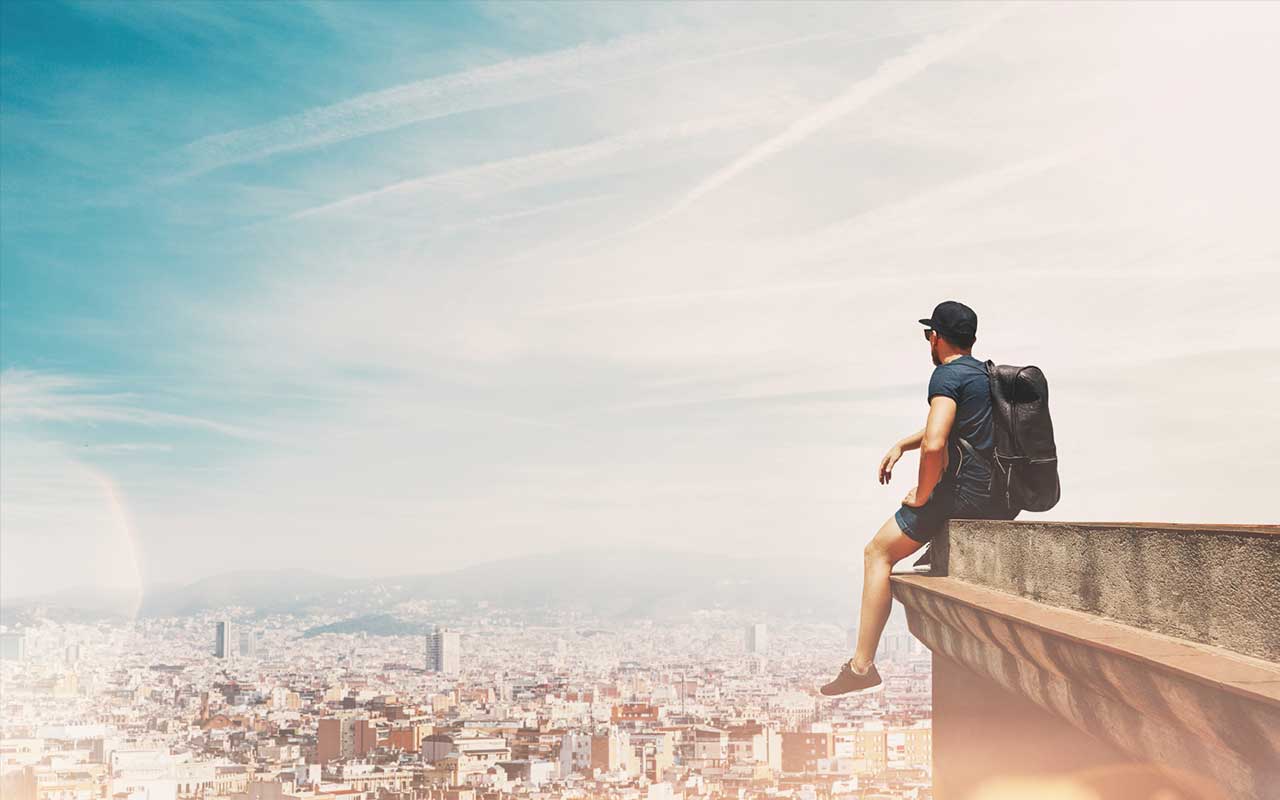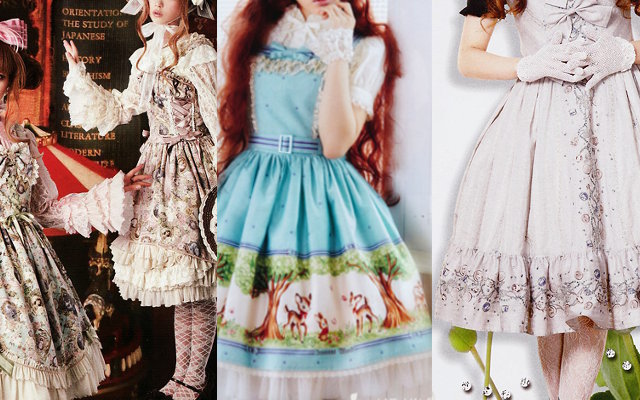Canals, macarons, and Lady Liberty in storybook French village
Monday, July 3, 2017
The Statue of Liberty, resplendent in her flowing robes and pointed crown, proudly holds her torch above the grassy hump of a humdrum traffic circle, welcoming not the tired, poor and huddled masses but rather tourists yearning for the canals and cafes of a medieval French village.
The 39-foot replica on display just outside Colmar, in the Alsace region, is a reminder that this most patriotic of American symbols was a French idea. Other copies are spread around France, including three in Paris and one in Bordeaux, but this one commemorates a hometown hero, Frédéric Auguste Bartholdi, who designed the original.
On the day of my visit in May, the sun poked out from behind the clouds just as the bus from nearby Strasbourg stopped at the Unterlinden Museum, a former convent with artwork spanning medieval to modern and archeological artifacts from Gallic and Roman times. Signs of spring spilled from window boxes tended with purple, pink and yellow blooms. Finches twittered away in the trees, and elderly ladies leaned on their canes during a late-morning stroll.
Along the short walk over the Lauch canal into the historic core, hints appeared everywhere of a region with feet planted in two different cultures. Wooden signs dangled from curlicued wrought iron on colorful half-timbered buildings. Their hand-painted, decorative facades could have been found in the Black Forest or Swiss Alps, pointing toward the village’s origins during the German-speaking Holy Roman Empire.
The pastry shop windows brimming with baguettes and macarons signaled two centuries of French rule that started with Loius XIV after the Thirty Years War. A laissez-faire ease in the shopkeeper’s manner showed a town that held on to that identity despite two more turns with the Germans, once for nearly 50 years ending at World War I and a second during the Nazi era.
Locals stick to calling themselves Alsatian and try to keep it light. As goes one classic joke, “Alsace is like the toilet of France. It’s always occupied.”
At the Bartholdi Museum, housed in his family home, the plight of the Alsatians is on display as much as the bronze models of the artist’s most famous works, which include a 73-foot sandstone lion and a light-up fountain at the US Capitol. Many of his allegorical representations depict fighters or victims of various wars in a classical, muscular style. Yet there’s one that romanticizes the life of the vintner, portraying a boy gleefully chugging wine.
The museum also conveys a life of privilege for the son of a lawyer and landowner who split his time between Paris and Colmar. The ceiling of the dining room, for instance, is decorated with Japanese and Chinese dishware. “His mother,” according to the English audio guide, “fully supported the artistic career of her cherished angel.”
The top floor is set aside for that statue in New York, actually titled “Liberty Enlightening the World.” Glass cases hold several clay models of early designs, showing that Lady Liberty could have taken a much different pose. In one, the female figure seems relaxed, leaning backward as she rests her weight on one leg. Another’s hair is covered by a cloth, looking more like a nun than the familiar, star-crowned final copy.
The exhibit includes photos of workers in France hammering 300 sheets of copper to the steel frame of the statue, which was shipped off in pieces, as well as a life-size cast of an ear that Bartholdi kept in his personal collection. Gustav Eiffel of Parisian-tower fame gets a nod for taking over as architect long before it was dedicated in 1886.
The museum visit took less than an hour, leaving ample time for me to explore, so I trailed behind a miniature tourist trolley that putt-putted its way into the Tanner’s District. The neighborhood is across the Lauch from the area known as the Little Venice of Alsace, a bit of a misnomer since there’s really only one canal.
It’s alluring just the same, and it’s practically mandatory to sit outside a cafe for at least one glass of light, dry Pinot Gris. I obliged at canal-side Restaurant Au Koïfhus, whose name shows that the Alsatian dialect shares more in common with German than French. As I snacked on a tarte flambée, sort of an Alsatian pizza with onion and bacon, tourists floated by in low-sided wooden boats on a lazy, half-hour canal ride across town, periodically ducking under foot bridges.
On my way out of town, a shopkeeper, Natasha, lured me inside with a free macaron for the road. The heart-shaped treat at Maison Alsacienne de Biscuiterie looked like it would be dry as a butter cookie, but was so flavorful and chewy it was closer to strawberry bubble gum. One clearly wasn’t enough, and as Natasha said, neither was one day in town.
“Colmar represents what it is to be Alsatian,” she said. “It’s a real gem, a pearl.”








